By Dennis Gray and Peter Giddings | Photos by Dennis Gray
This 1926 Delage Grand Prix 15-S-8, better known as Dick Seaman’s “Black Delage”, is now garaged in California, having been recently rebuilt to period specifications.
As a ten-year-old Grand Prix car the Delage, chassis #4, was driven to victory by Richard “Dick” Seaman in the 1936 Isle of Man race against a number of newer and more advanced racing cars, including ten of the new 1.5-litre ERAs.Seaman’s other successes with the Delage include three straight weekend in mid-1937 when he drove the car to a win at the Junior Coppa Acerbo, followed by a win at the Prix de Berne, and finally a win at the 200-mile Donington Park J.C.C. race. The car was reportedly untouched over the course of all three race weekends, a remarkable testament to the stamina of the Black Delage.
Back to the beginning. In 1926 Louis Delage gave his young engineer designer, Albert Lory, free rein to develop a chassis and engine to meet the new 1500cc GP European championship. While Lory utilized some features from the previous 1925 V12 Delage, this 8-cylinder engine was in all ways a new design. Dual overhead camshafts with two valves per cylinder working together with (in 1926) twin Rootes-type superchargers, producing 160 bhp at 7,500 rpm. The cylinder head was integral with the cast iron block, while the crankcase was aluminum. The billet steel crankshaft was supported by nine ball bearings, together with eight roller bearing rods. A single Bosch magneto supplied juice to eight spark plugs.
Lory installed the 1.5-litre engine in an extremely flexible 98.5-inch wheelbase chassis with 53 inch track; the Delage standing at a mere 35.5 inches to the top of the cowl, its highest point.
Lory had made one major mistake in his design. While the car was fast, the right side exhaust proved capable of roasting the driver. In preseason testing in and around Courbevoie-sur-Seine drivers were already complaining of blisters on legs, feet and hands.
In its first race, the 1926 San Sebastian GP, only one Delage finished (third place) using up 7 drivers in all. The car was then disqualified for using an excess of relief drivers!
At succeeding 1926 races, French fans would come out of the stands to volunteer to drive the cars, when all the team drivers were heat exhausted or roasted and unable to continue. There are stories of the drivers submerging their hot feet/shoes into buckets of cold champagne, which then hissed, bubbled and steamed until everything had cooled down. What a way to get your first Grand Prix drive!

The following month, during the Donington Park British Grand Prix, one car had its instrument panel burst into flames. Another Delage driven by Robert Senechal and Louis Wagner finished first. At the finish, both drivers are reported to have soaked their feet in buckets of iced champagne. Unfortunately, the British Grand Prix was the only highlight of the season for Louis Delage, Albert Lory and their cars.
For 1927 Lory changed the cylinder head to left hand exhaust, and away from the cut-down driver’s side. The second mechanic’s seat was also discarded. The drive now ran down the left side of the chassis positioning the driver even lower. With the new cylinder head design, the twin superchargers could no longer be accommodated, due to the existing steering box. Thus, Lory designed a single Rootes-type supercharger driven off the front of the timing tower. The revised red line was now an amazing 8,000 rpm.
In 1927 the Delage works team was crowned European champion. At one point the car, driven by Benoist (who also won the European driver’s championship), completed over 1,400 miles in competition with — it is claimed — never having to raise its hood.
In 1929 Louis Chiron drove this same Delage in the Indianapolis 500 mile race, painted French racing blue. Chiron qualified 14th at 107.351 mph, finishing seventh with an average of 87.728 mph. The Delage was the only entrant to finish that was not based on a Miller or Duesenberg.
1926 Delage Grand Prix – Car Profile Page Two
According to Delage expert, the late Alan Burnard, this car, chassis number four, was later raced by Robert Senechal, then by Lord Howe, before being purchased by Briton John Richard “Dick” Beattie Seaman.
Towards the end of 1935, Dick Seaman put the Delage into the hands of his erstwhile mechanic, Giulio Ramponi, with instructions to overhaul, improve and lighten the entire car.
Ramponi “upped” the compression, utilizing dome-shaped pistons, and carefully weighed, balanced, and tuned valves, rocker arms and camshafts, resulting in 185 bhp at 8,000 rpm. Ramponi also removed some 250 pounds from the car, resulting in a scale weight of 1,650 pounds.
Ramponi also did what he could to stiffen the flexible chassis, by the addition of two pieces of hard oak to the front frame rails under the radiator shell. This marginally improved the rigidity of the frame. Today the oak has been replaced by New Zealand beech wood.
Brakes were also upgraded to hydraulic, and an original five-speed transmission (a carry over from the earlier V12 Delage) was installed, replacing the Howe fitted heavy pre-selector gearbox.
Seaman, and his friend, Whitney Straight, considered that the only proper color for a race car was black. Hence the Seaman Black Delage.

Ramponi’s excellent preparation paid off, as the Delage, skillfully driven by Seaman, made quick work of the competition throughout the UK and Europe. Seaman’s string of major wins during the 1936 season brought him to the attention of Alfred Neubauer at Mercedes-Benz, which led to a ride on the famed Silver Arrows team. (See Richard Seaman – Driver Profile).
When Seaman left the amateur gentleman’s driver circle to become a factory Mercedes-Benz driver, he sold the Delage to Prince Chula of Siam. By the end of the World War II, Reg Parnell had acquired the Black Delage, along with most of the other 15-S-8 Delages and spares.
Sometime in the fifties Rob Walker acquired the Seaman Delage. Over the next 14 years Walker’s mechanic, John Chisman, restored it. Walker often entered the Delage for other drivers in VSCC events, while also driving it himself in various speed trials.
In 1968 Walker’s Formula 1 garage, with the Black Delage inside, burnt to the ground. Miraculously, the engine (which still turned over), chassis axles, steering box/column, springs, hubs, fuel tank, among other parts, remained virtually intact. However, the body, several of the aluminium castings and plumbing were lost. Nevertheless, Walker and Chisman once again restored the Delage and brought it back to life. From period automotive magazine and news reports it appears this restoration was close to a British national project with help coming from all parts of Britain.
December 1970 saw the reborn Black Delage reappear for the Jacky Ickx Motor Racing Show in Brussels. When it was started up, the exhibition center emptied: the deafening high C scream of the engine had driven exhibitors and fans alike from the hall.
From the Walker years until the present, this 1926 Delage Grand Prix 15-S-8 has seen few miles on any track. Recently rebuilt to full Seaman specification by Auto Restorations of New Zealand, we can now look forward to it becoming a frequent star at vintage and historic automobile events around the world.
1926 Delage Grand Prix – Photo Gallery (click image for larger picture and description)
[Source: Dennis Gray; Peter Giddings]


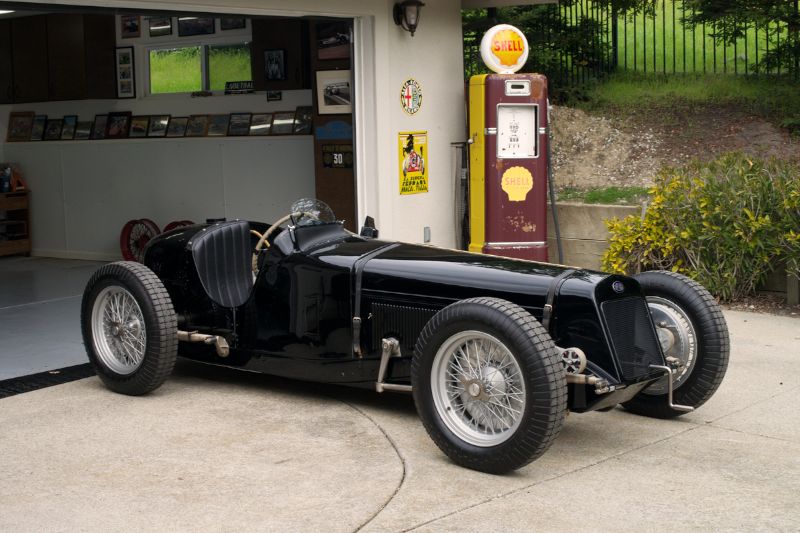
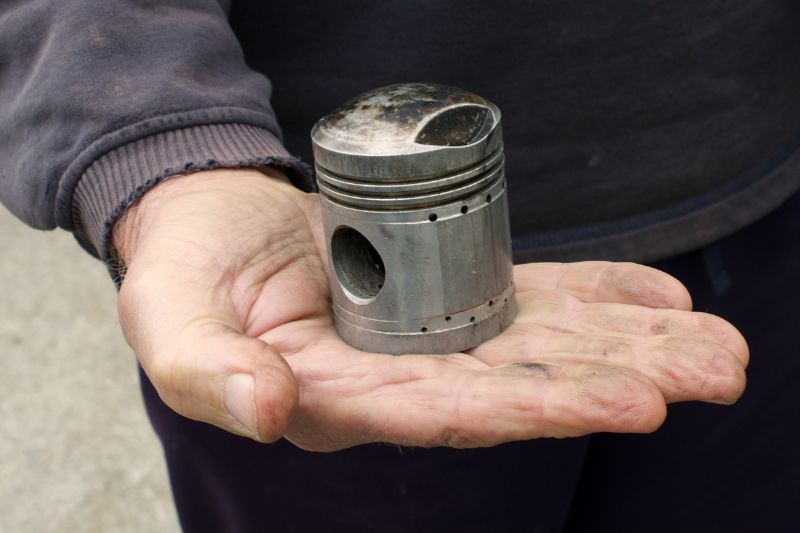
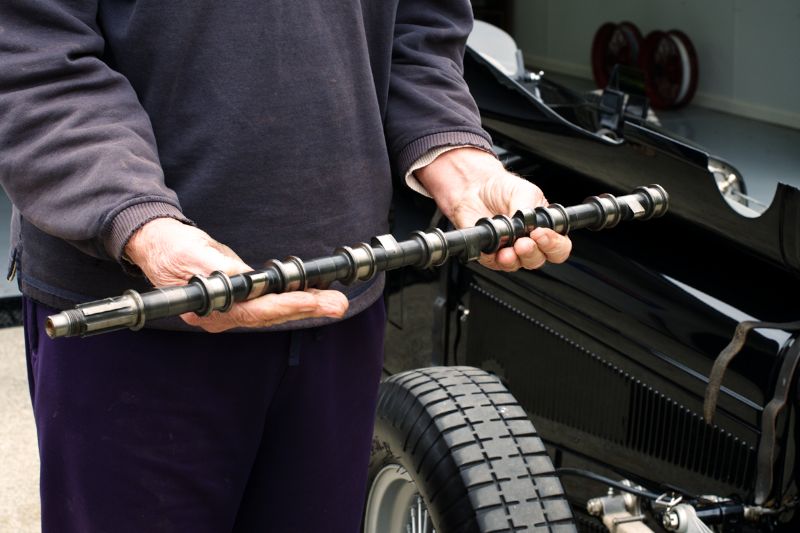
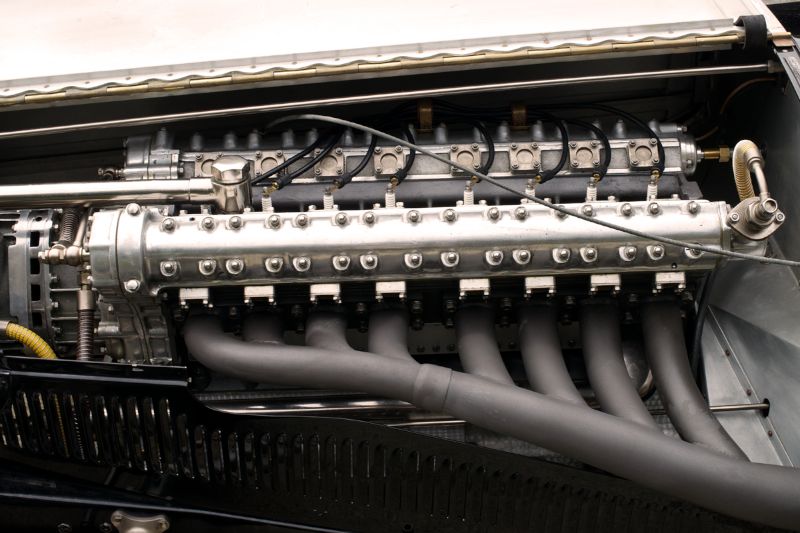
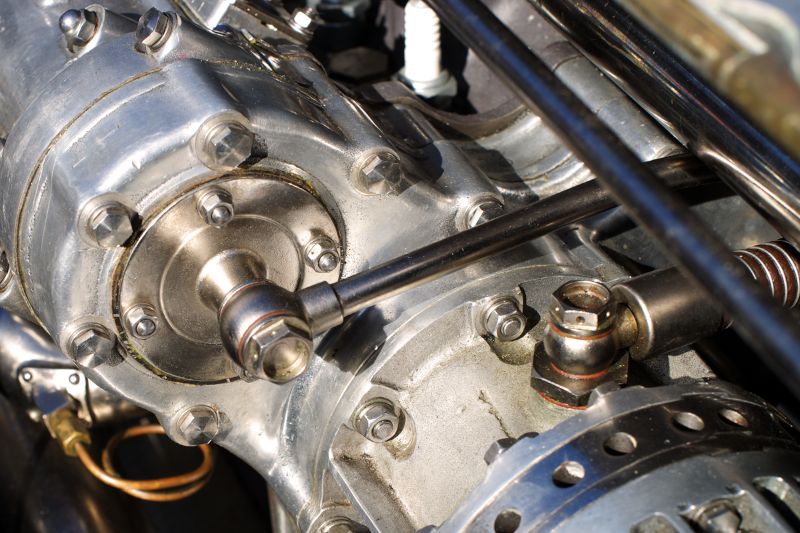
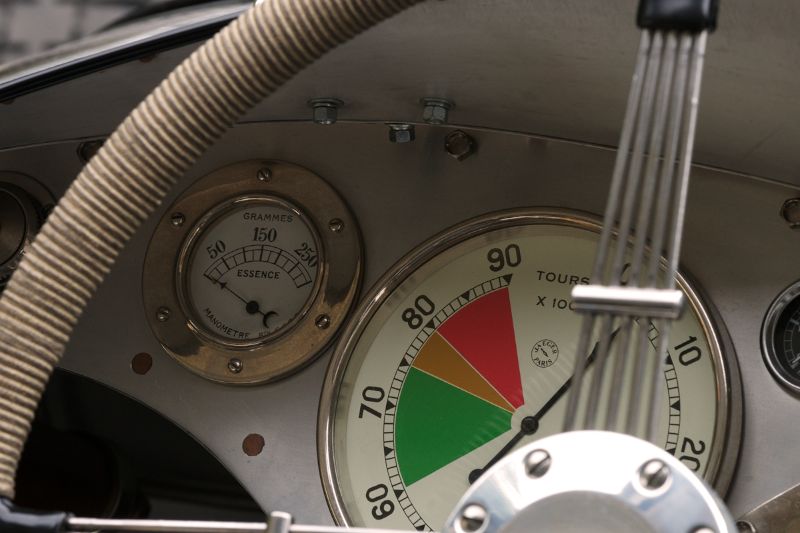
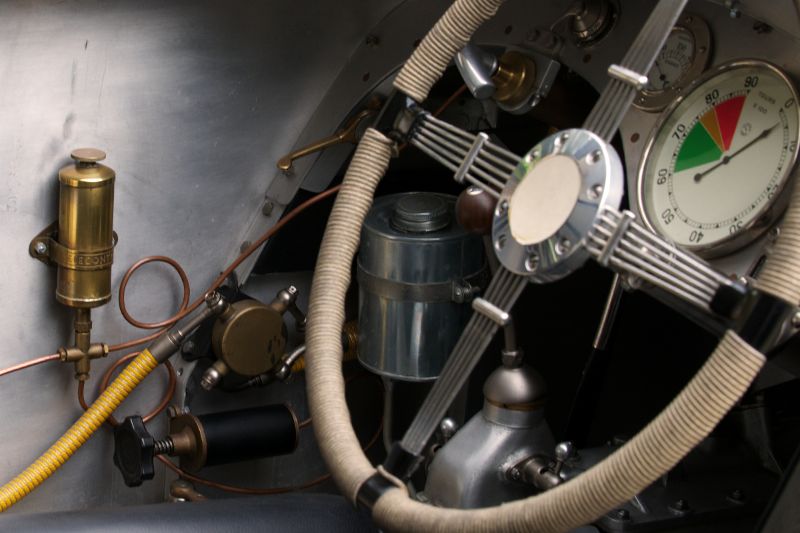
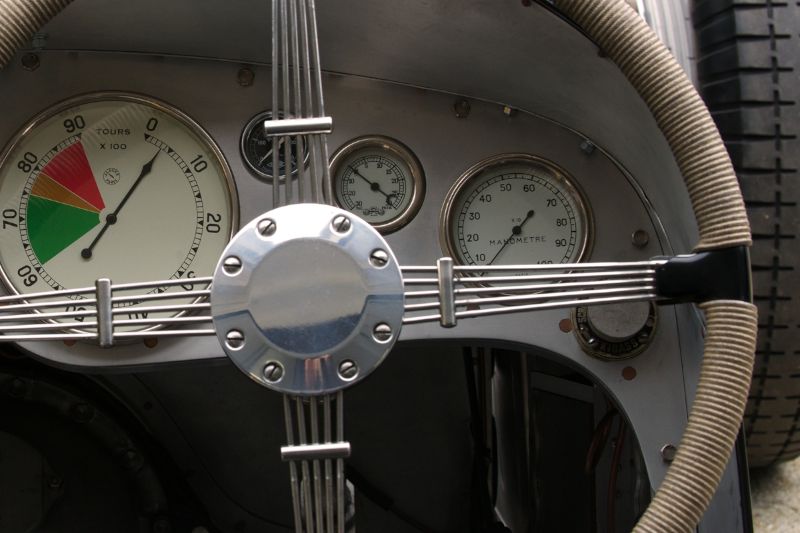
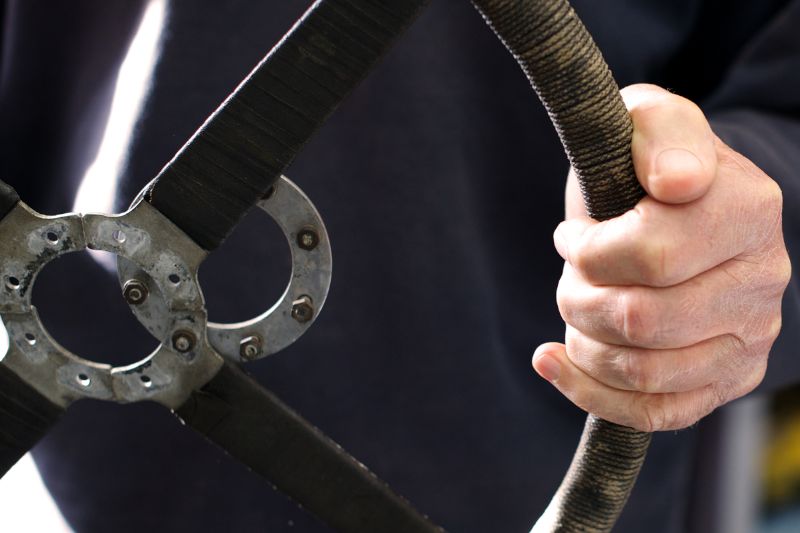
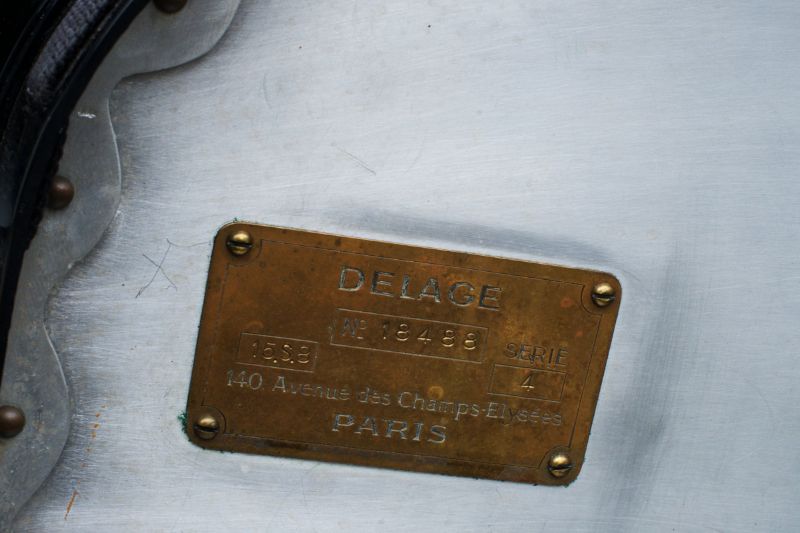
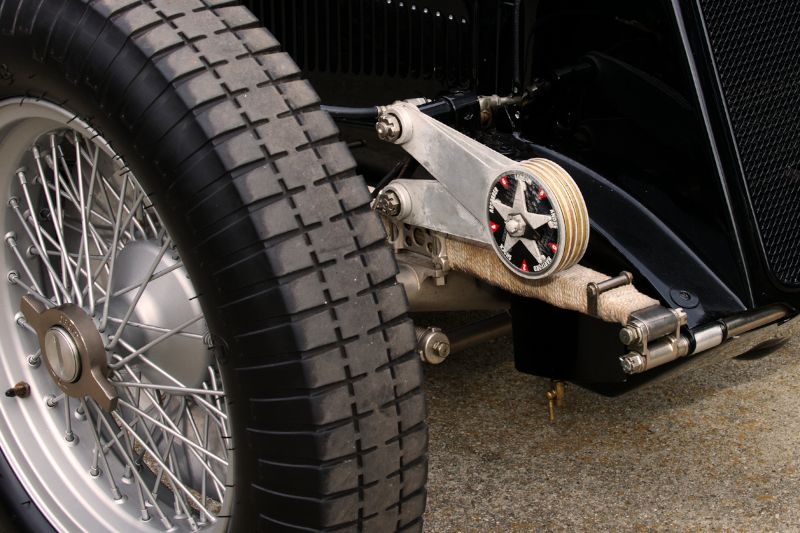
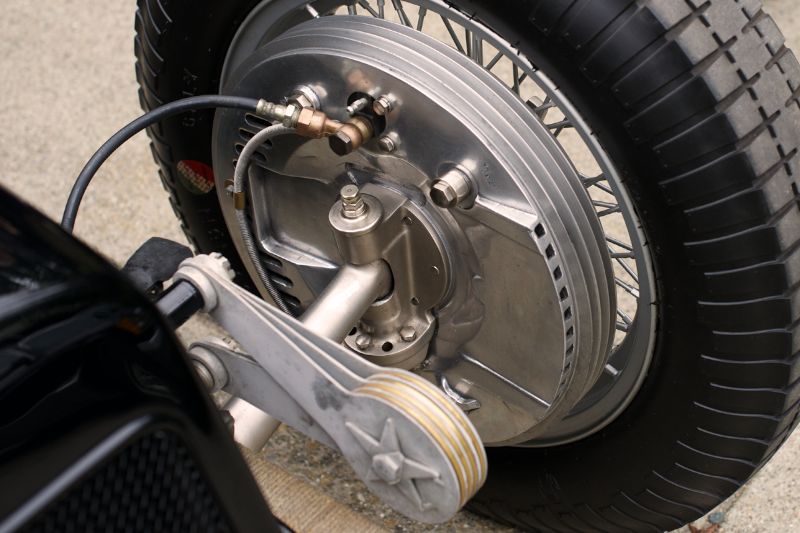
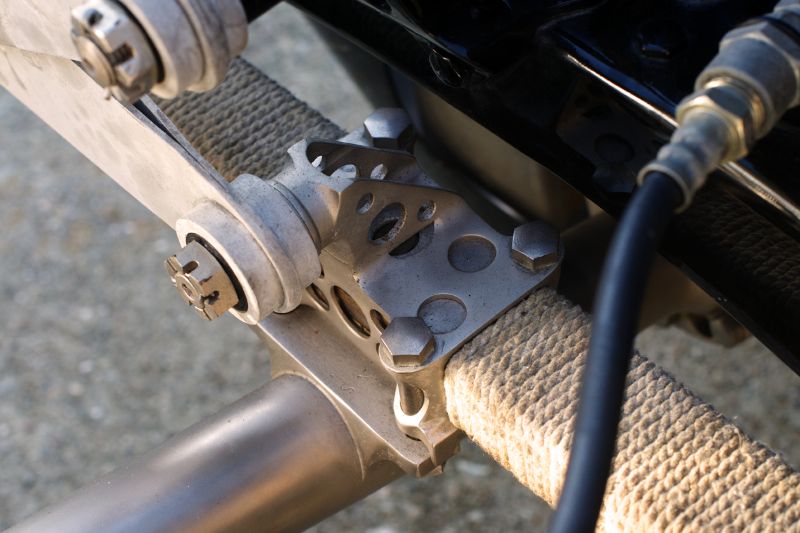
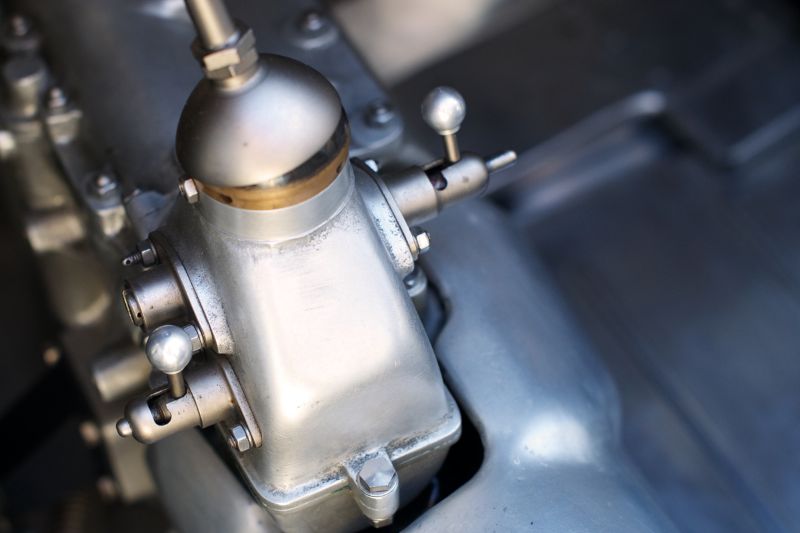
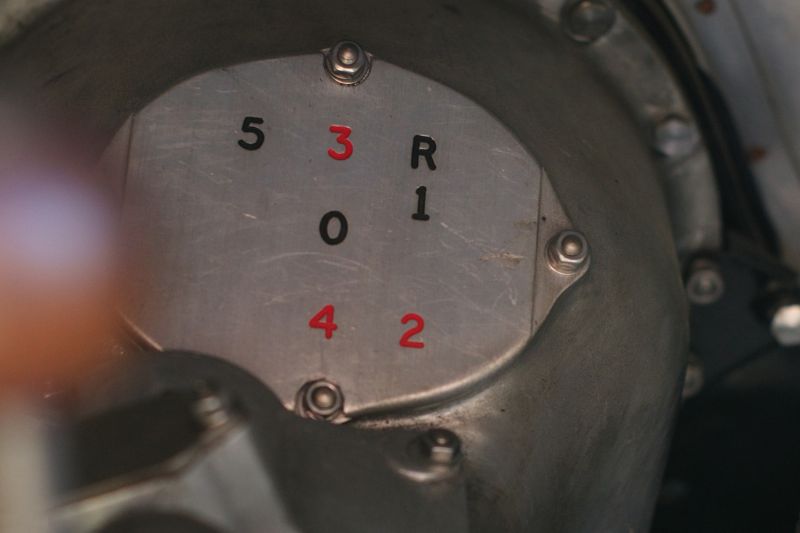
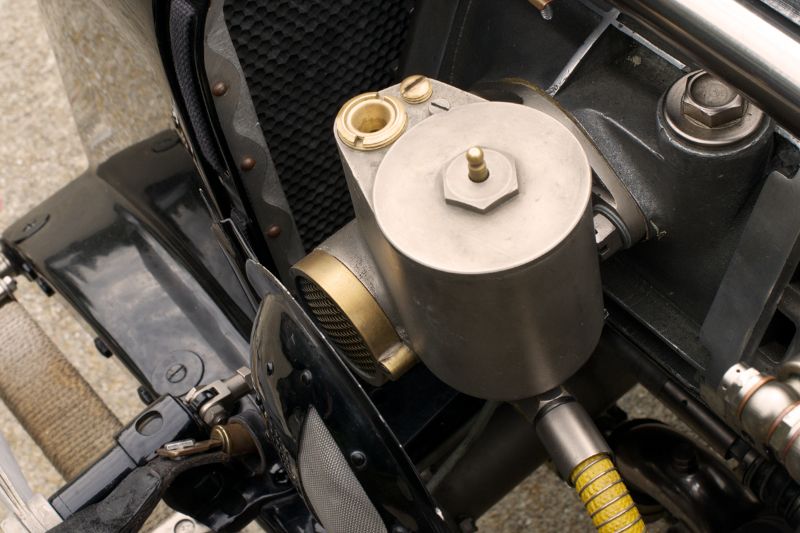
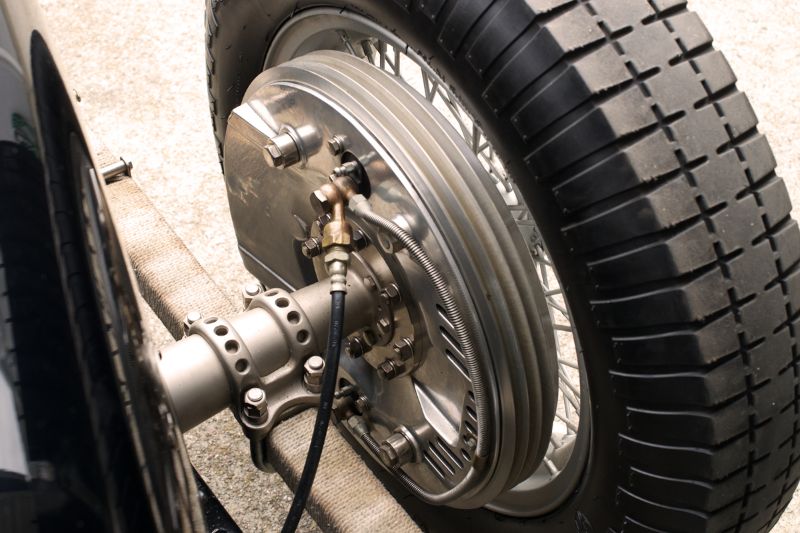
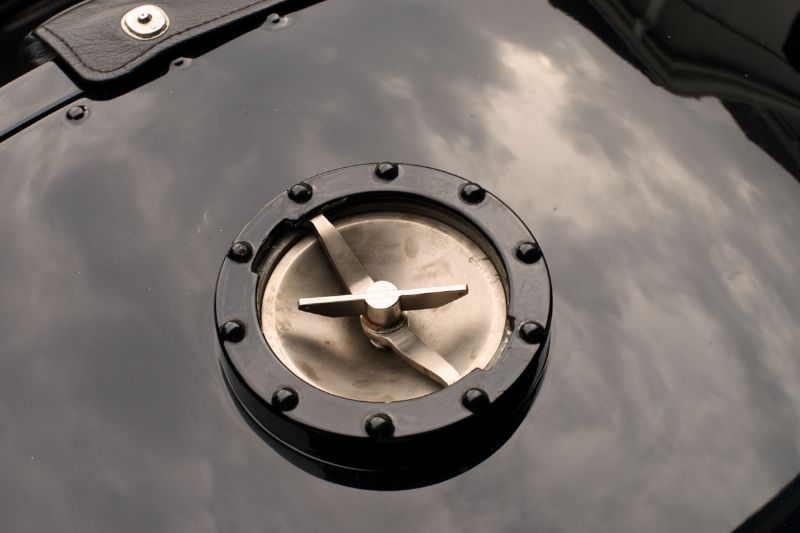
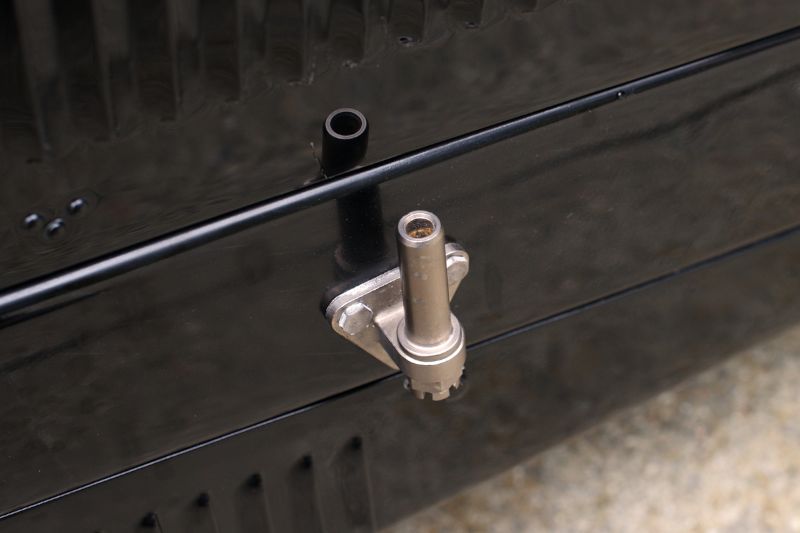
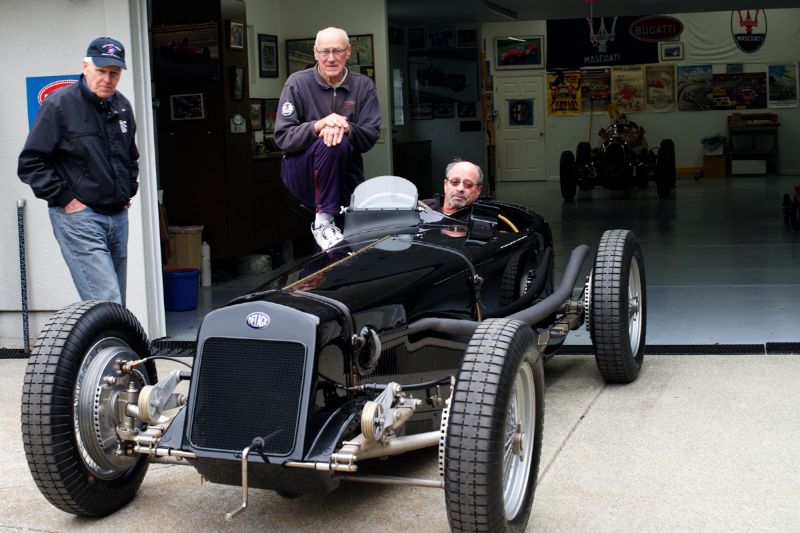
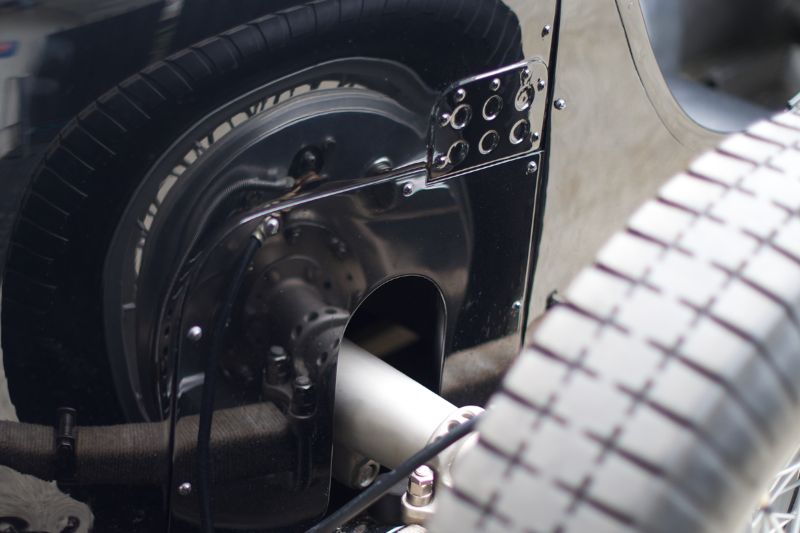
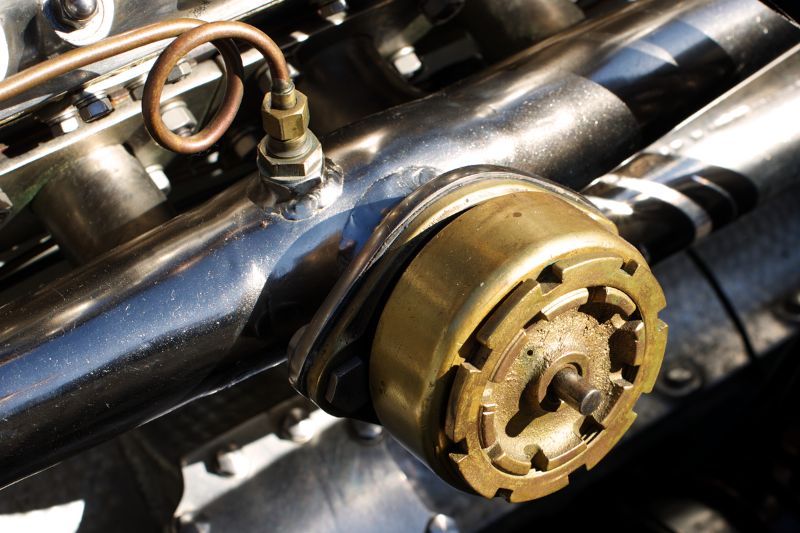
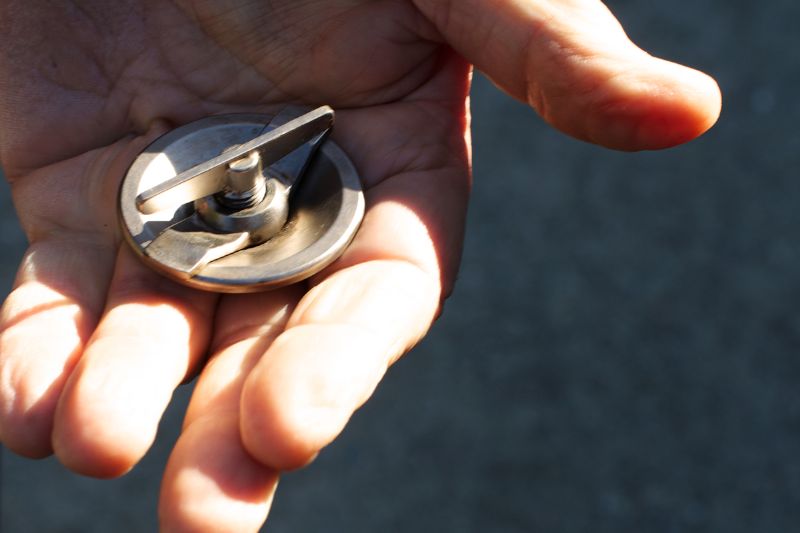
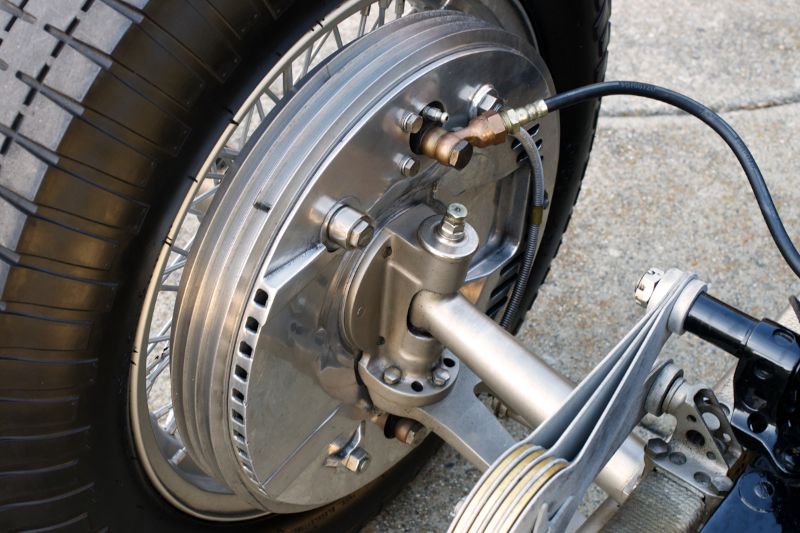
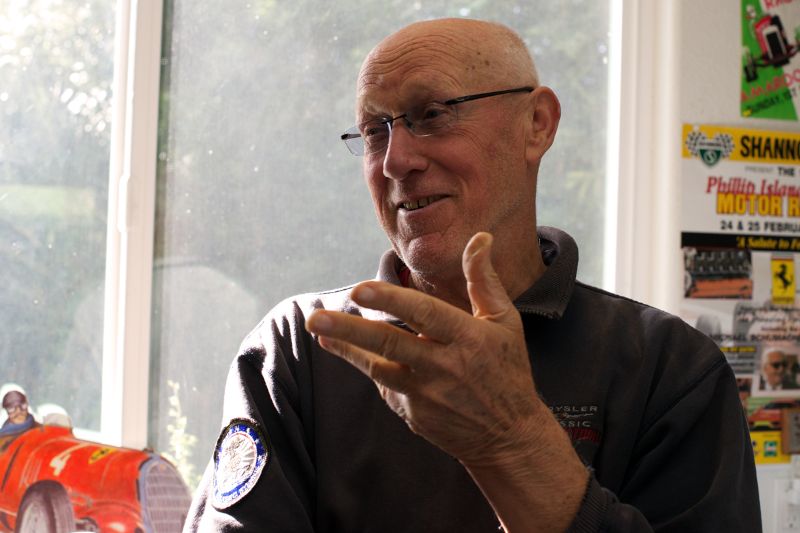
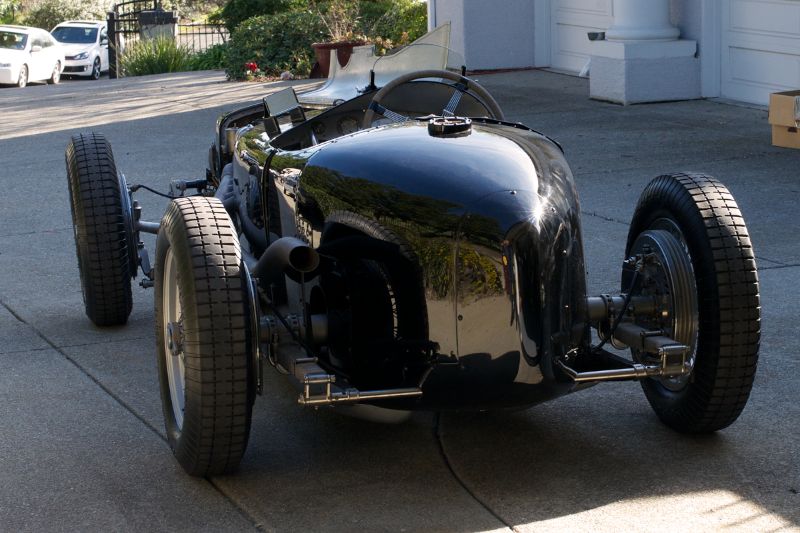
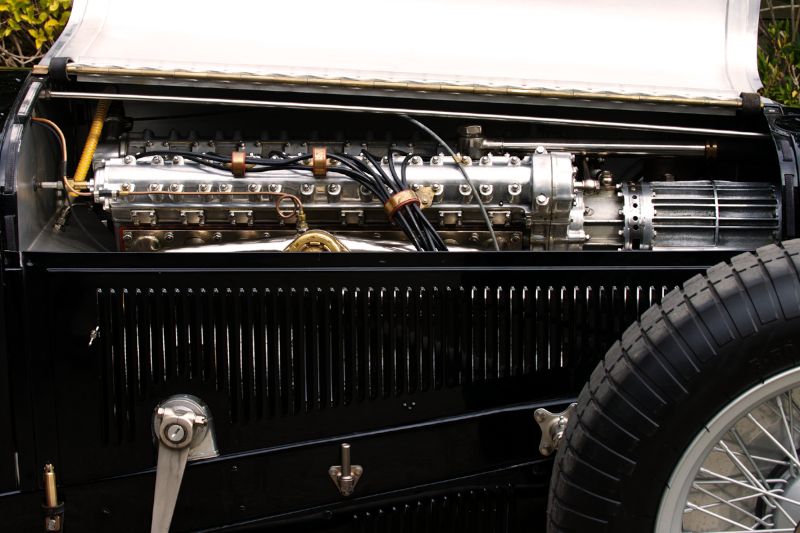
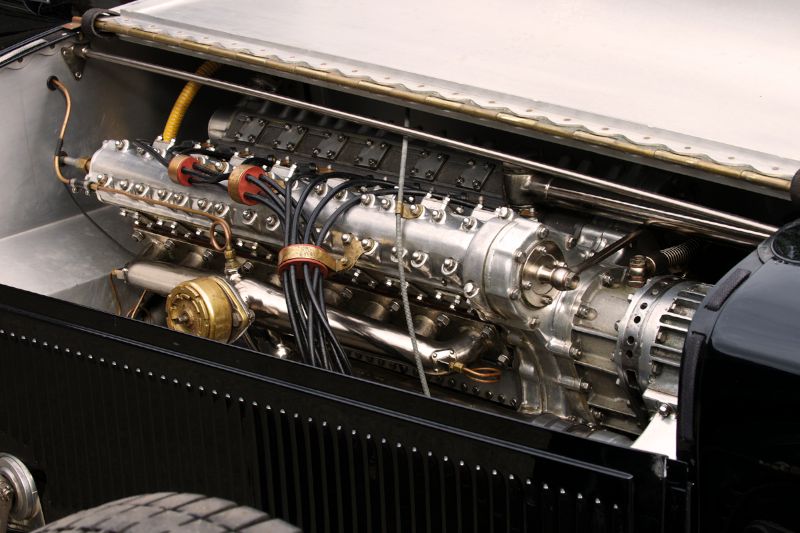
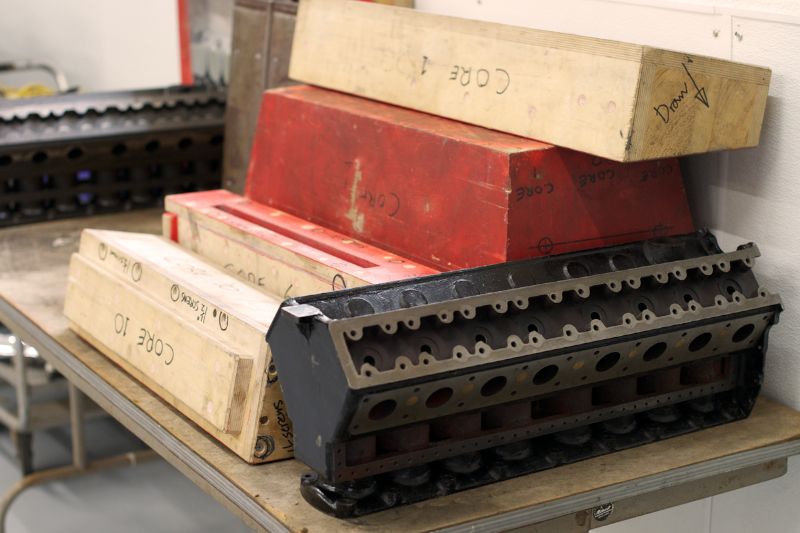
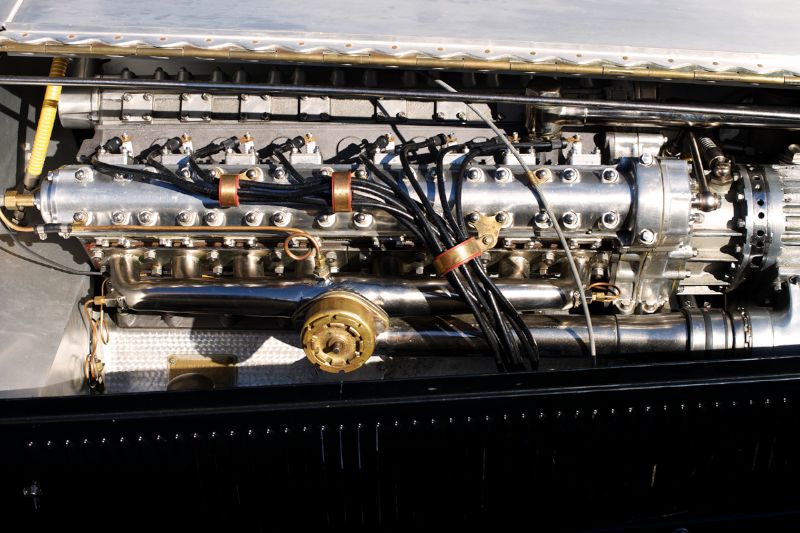
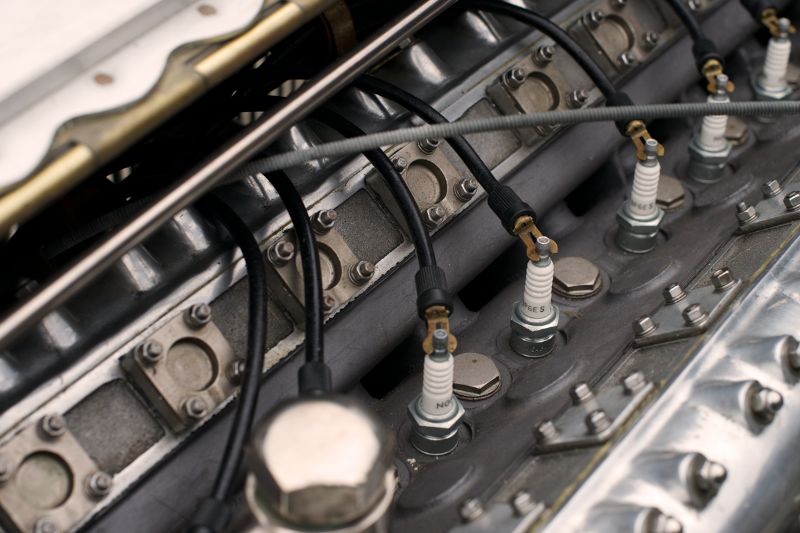
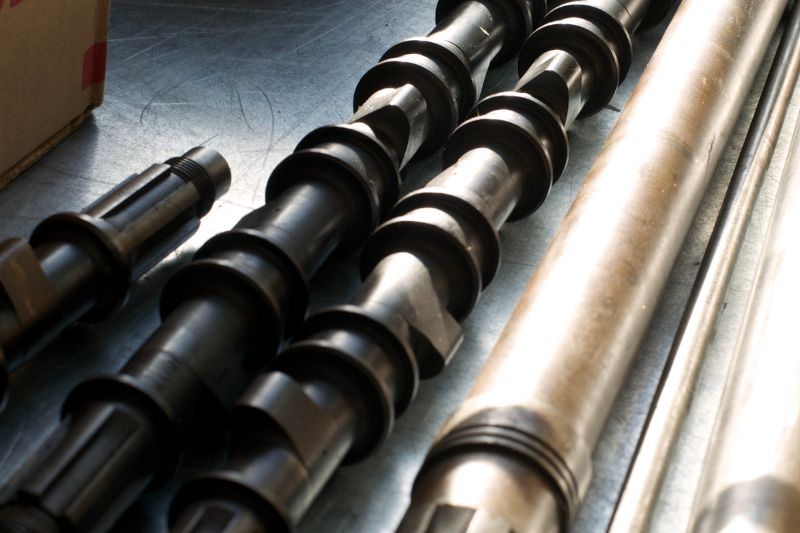
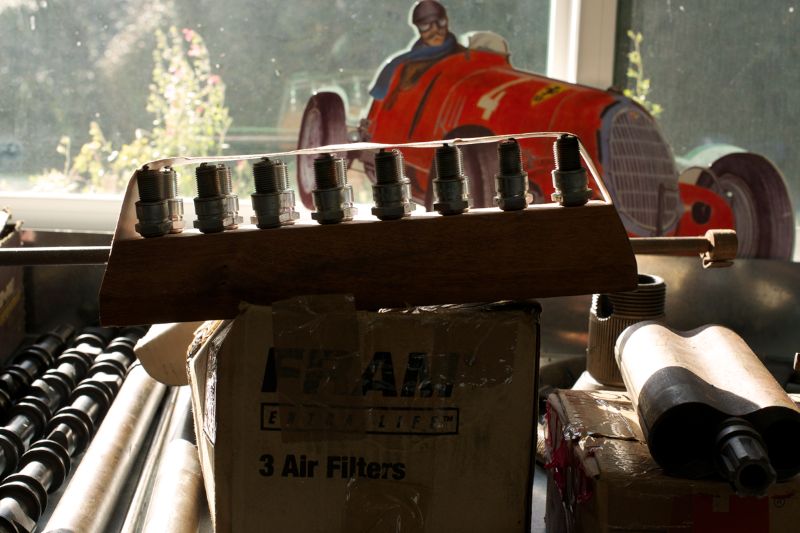

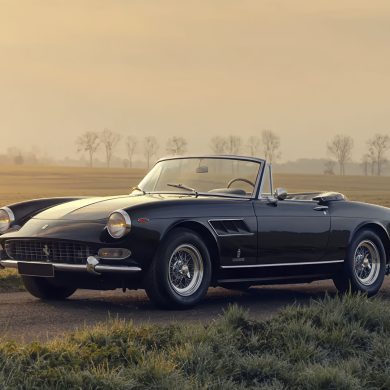
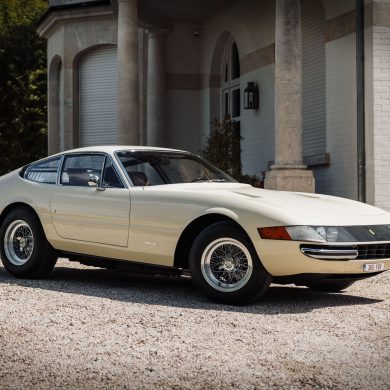
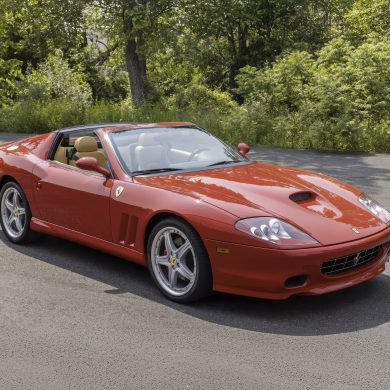
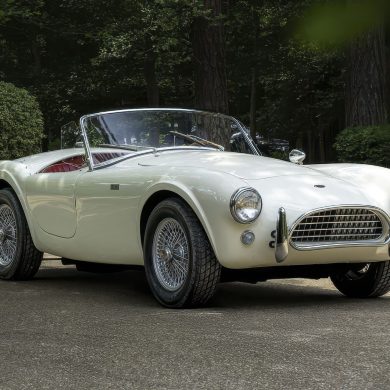
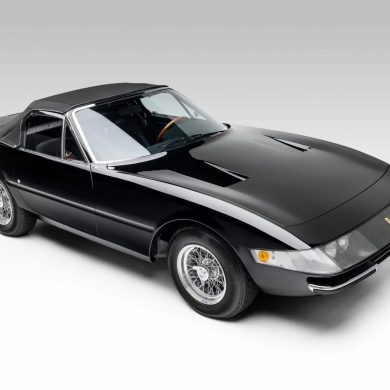


Somehow I knew Peter would end up with the Delage. He has been watching it for years. I remember a photo of Peter when he was a lot younger and still living in England looking at the Delage in a garage. Congratulation Peter you deserve this car,
Alan Stanton.
With regard to Alan Stanton’s kind comments, I can only assume that this is the one and only coachbuilder extraordinaire, Alan Stanton from New Zealand?
If it is, then you will be pleaed to know, Alan, that the body you constructed for my 1935 Alfa Romeo Tipo C 8C-35 frame #8, engine #50012, is still looking as good as the day you constructed it.
As an aside to Sports Car Digest readers, Alan scaled up this complicated, under trayed, body from contemporary photographs, resulting in a full one to one outline on a large board (it is a big car!), and went to work.
Subsequently, I was able to send over my 100% original 1935 Alfa Romeo Tipo C 8C-35 #50012, at which time we were then able to compare dimensions, and Alan had been accurate to within a milimeter!
Yes, ever since Guilio Ramponi proudly told me (when I was still a very young man) how he had timed and improved the Seaman Delage, patiently explaining to me in the process how a degree wheel works when accurately timing an engine, I have dreamed about owning/ vintage racing this iconic car.
Peter Giddings
Thanks Peter yes I am the same one. Have had the privilege to work on many of peters beautiful cars he has incredible taste in racing cars. I still keep in touch with what is going on in the vintage racing scene but don’t get to see many cars now. We still get a lot of vintage rally’s going through Hanmer Springs just had a heap of Bentley s here and the corvette NZ chapter are having there national meet here in March.
Hi “SCD”,
Iam delighted to hear that Good Friend Peter Giddings has acquired the 1927 Delage Grand Prix racer. In all my years as a rail bird I have never heard a racing motor more stirring of the soul then the motor in these race cars.
Sometime back in the mid 70’s I had the pleasure of watching one at the USGP Watkins Glen – a companion vintage race staged during the weekend – the hair stood on the back of my neck every time the Delage passed by. Peter, please let us know where you will be exercising this beauty – especially if you come east this fall – GREAT!
Sam Smith
Hi Sam ….. Thanks for the good words. You are certainly not alone in thinking that the sound of a 15-S-8 Delage when revved at circa 6,000+ rpm is awesome.
I am currently trying to fit my 6′ 2″ frame into the Delage which was designed for a 5′ 6″ Frenchman. As you will have noted, Richard Seaman always appeared to be sitting on the car rather than in it, along with organizing the necessary accoutrements of vintage racing such as seat belts, catch tanks, etc.
You never know …… with sufficient “encouragement” from Murray Smith and Skip Barber, you may even see her at this year’s Lime Rock Fall Festival.
Best.
Peter
Gorgeous car ———–I remember seeing Alan Burnard very late in his life at Etretat with his Delage and the noise was memorable.
I don’t think that “one of the cars” had it’s instrument panel catch fire at Donington in 1926—————–surely the circuit didn’t run car races until 1933 or thereabouts.
Maybe it happened at Brooklands !
Hi John: Good spot! (My excuse is that as I was away on further Delage sleuthing, followed by Retromobile, I did not have the opportunity for a final proof read).
Anyway, you are absolutely right. The instrument panel fire (in fact Benoist’s car — it must have been quickly doused as he then went on to race), was at Brooklands, not Donnington!
Peter Giddings
even tho it’s old – it looks fast and very elegant. I would love to hear it run! Incredible, rare, and iconic machine.
Hi Peter,
While visiting Auto Restorations in 2011, I had the great pleasure of sitting in this great car just before it was shipped back to the UK. I hope you will bring the car out to Phillip Is. soon so I can experience you passing me down the long straight!
Congratulations and best wishes,
Frank Cuttell
Hi Frank: Thanks for the kind words.
Ian Tate and bank manager willing (and in that order!), perhaps Phillip Island will one day hear the amazing sounds of the 15-S-8 Delage, voted by several of those who should know, to be the best sounding car of all time, along with the pre-war Auto Unions and Mercedes-Benz, and the post war V16 BRM and Matra V12 (although, in my book, an Alfa Romeo 159 “in anger” is right up there!).
Best regards.
Peter Giddings
Another vote for the Delage from me too. Would love to see that on the track (and hear it) and as Peter has been a regular at the Tasman Revival meetings at Sydney maybe he can bring that over some time.
And talking of the Tasman races, is that Alan Stanton in any way related to that chain-drive V8 Special I had the good fortune to look over a couple of years back? That surely deserves a story on here too.
Chris M.
Sorry Alan Stanton is not related to the Stanton Brothers[the question I get asked the most] even though we are all from Christchurch. When I was doing my apprenticeship I worked on the new bodywork for the Stanton Corvette single seater. It was later made into a sports car.
It was the same company that built the GTO body on Pat Hoares Ferrari & that body is still in NZ I believe.
Alan Stanton
How does that car run missing a piston and a camshaft?
Hi Andy: To begin with, I did not get the joke!
In fact, over and above the complete running engine, I have a number of spares, including rods, pistons, monoblocks, camshafts, etc., some of which will make interesting and historic paper weights!
Peter
Hi Peter:
Glad you finally got the car. I remember seeing one at Ed Jurist’s New York Car Store back in the 50s and thinking what a marvelous piece of engineering it was. Sorry to have missed you all these years, always different places, it seems.
Jack du Gan
Hi Jack:
Wonderful to hear from you.
Judy and I well remember our happy times so many years ago on Long Island, and your stunning homes (and most particularly the converted barn!)
For our part, we have, via your fine Pur Sang reports, stayed abreast of your continuing Bugatti ownership and passion.
The Delage that you saw at Ed’s emporium was the only surviving (out of a total of four cars and five engines) 100% correct and original 15-S-8, ex Briggs Cunningham, and now in the awesome Collier collection. It is car #1, with engine #5.
We are all privileged on occasions to see and hear this awesome car run.
Please let me have your current details — would love to catch up with you when next in Europe.
Best regards.
Peter
Peter:
I can be reached via email at [email protected].
I am living about an hour north of Venice, Italy
Hope to see you in Europe sometime
Regards
Jack
As a corner worker at Sears Point/Infineon/Sonoma Raceway, I have had many opportunities to watch Peter in his Alfa at CSRG & Wine Country Motorsport Reunion races. I hope he decides to bring the Delage to Sonoma Raceway, soon, for some “exercise”. It’s too beautiful a car to be left behind in a garage.
As a matter of fact, Peter Giddings did show up at Sonoma Raeway during a recent open testing day, and I did get to see him exercise that beautiful machine. Although, he did comment that the car needed a lot of work,yet.
One small point. I recollect Rob Walker (post the fire) telling me that without the help of the French “Les Amis de Delage”, the rebuild would have been challenging, so yes, for sure, many did help from the U.K., but also kudos to “Les Amis de Delage”.
In fact, “Les Amis de Delage” is still going strong. Thus, it was instructive to meet with them at this year’s Retromobile, and learn more (Daniel Cabart being an amazing gold mine of information and historic photographs) about the genius 32 year old 15-S-8 designer, Albert Lory, and the flamboyant Louis Delage.
Peter Giddings
I find this hard to believe now that shortly after the war, 1946-47 or thereabouts I visited a car showroom called Performance Cars, Great West Rd. London in search of a good sports car at a reasonable price. Not wanting or being able to afford a new MG, Singer or Wolseley I was directed to a field outside. To my amazement it was a virtual treasure house & amongst these classic models was a ‘ road version ‘ of the Delage
straight 8. Could this be so ? I spent a long time taking in the various aspects of this magnificent vehicle. What was it doing here. Was it really THE Delage I thought it to be. I found no one well enough informed so came away with a re-built version of an Allard Trials car called a ‘ Mercotto,’ all Ford parts which I knew I could afford.
Am looking forward to hearing from you,
sincerely,
Alex A. Pearce
Maybe I can, answer this one. Whether it puts you out of your misery or disappoints you, only you will know!
My father, David Hampshire raced this car in Grands Prix during this period, before moving into a “newer” Grand Prix car: the 1934 ERA R1A.
His first GP was at Albi, France in July 1946, and, sacre bleu, when he arrived for practice the french officials told him he could not race unless it was presented in British Racing Green. So the black Delage had to be swiftly “blown over” by the local garage in the requisite shade. Unfortunately he was forced to retire due to a magneto failure.He subsequently took it to the Grand Prix des Nations in Geneva. He was 8th in hi heat nut did not finish the feature race.
In 1947 he had a outings in several of other Grand Prix in both The Challenger and ERA E type GP1. However for 1948 he took the Delage to the Isle of Man for the British Empire Trophy and finished 2nd to Geoffrey Ansell’s ERA. In the same year he competed at the Jersey International Road Race. Subsequently, transferring allegiance to the ERA. He finishe 7th in the Dutch Grand Prix at Zandvoort.
In 1949 he competed in 7 Grand Prix, the best result being 4th at the British Grand Prix in the 1938 ex Chula, ERA R12b.
He continued Grand Prix racing until 1952, he also finished 7th overall at Le Mans in a works Aston Martin DB2 in 1951.
Hello Alex. Can I ask you more about the Mercotto? I own a prewar Allard (FGP750) and am researching the history and “what happened to” all the 12 prewar cars. The Mercotto was the rebuilt EYO750, which incidentally still exists and is being slowly restored to prewar spec. I’ve come across photos and records of EYO750 being campaigned in trials in Scotland at least to the end of 1947, which doesn’t fit with your recollection of buying it from Performance Cars during that period. Is it possible it was later that you bought it? Do you know anything about the conversion to a “Mercotto”. Wonderful to have come across someone who actually knew the cars at the time. Thanks
Des Sowerby
Sorry this was anonymous, I thought it would link to my forum details: Jerry Hampshire.